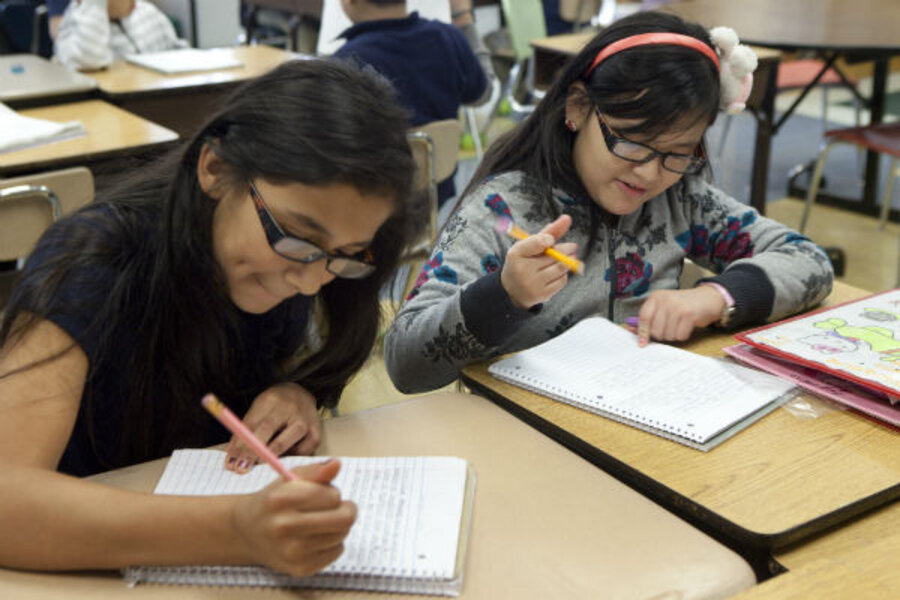At a time when Russian women could not attend university, Sofia Kovalevskaya was encouraged by her family and her husband, paleontologist Vladimir Kovalesky, to pursue higher education, and later encouraged her own daughter to do the same.
After marrying Mr. Kovalesky, the couple moved to Germany, where she could find a private tutor and audit university courses. She eventually did receive a doctorate from the University of Gottingen, after writing papers on partial differential equations, elliptic integrals, and dynamics of Saturn’s rings.
Ms. Kovalevskaya was also a writer and advocate of women's rights in the 19th century.
Over the past 20 years, the Association for Women in Mathematics (AWM) has organized Sonia Kovalevsky Days at colleges and universities throughout the country.
“Sonia Kovalevsky Days (SK Days) consist of a program of workshops, talks, and problem-solving competitions for female high school and middle school students and their teachers, both women and men,” according to the AWM website.
The goal of SK Days is to encourage young women to continue their study of mathematics and help them through the transitions between middle and high school mathematics and also between high school and college mathematics.







